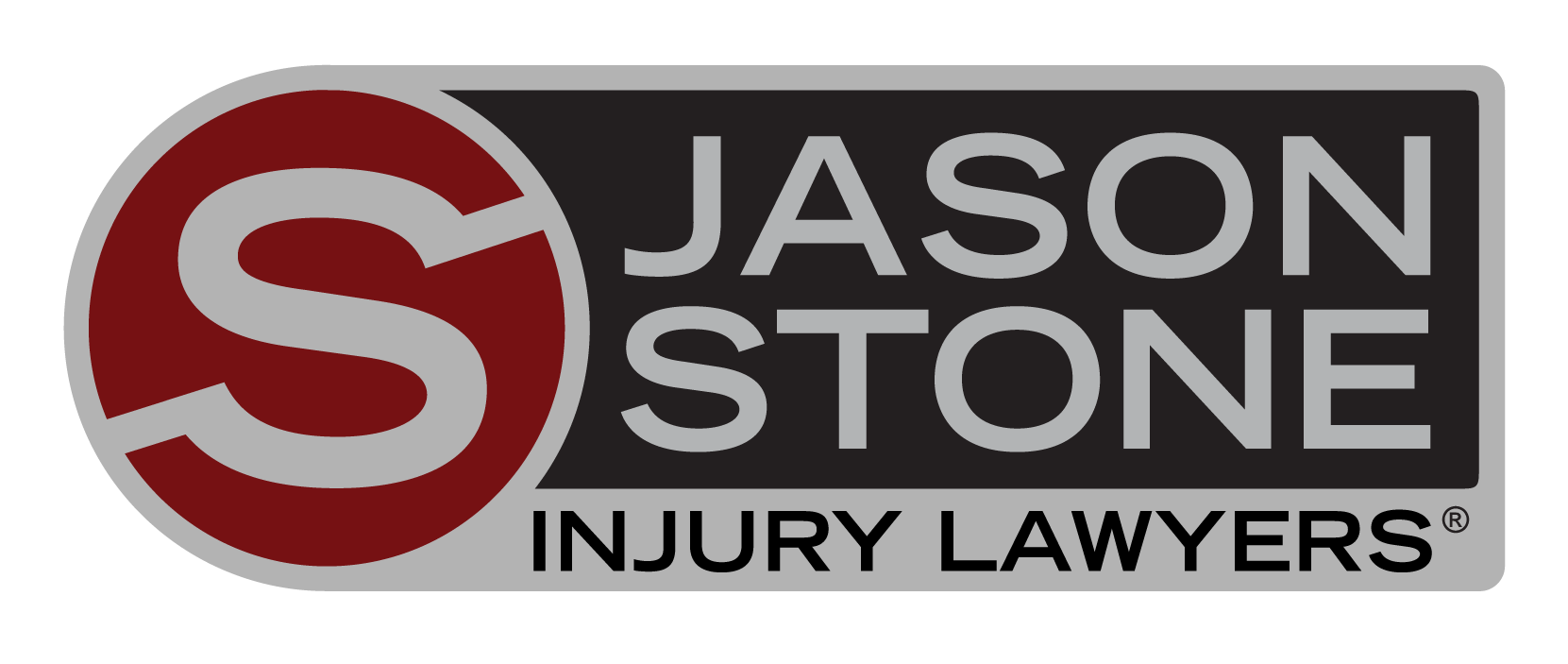After slipping or tripping and falling on another’s property, you sustained various injuries. You want to pursue legal action against the at-fault party, and you want to know how slip-and-fall lawsuits work. Jason Stone Injury Lawyers want to provide you with answers to all your legal questions, but we also want the honor of looking out for your most favorable interests and helping you recover every dime of compensation you deserve and need.
Investigating Your Case
You and your lawyer work together to gather solid evidence to build your case and prove you need the compensation you desire. If you took pictures of the accident site and spoke to witnesses, pass those details on to your legal team. Your lawyer may want to consult with professional witnesses, watch surveillance footage or review your medical records to strengthen your claim.
Proving Negligence
To stand the most favorable chance of recovering compensation and building a solid case, you must prove the defendant’s wrongdoing, which means proving negligence. You must show the defendant caused the hazardous condition that harmed you, knew about or should have known about the condition and resolved it, and that the other party’s negligence and the hazard caused your injuries.
Aside from proving the other party’s negligence, you must also consider how the defendant may blame you for the slip-and-fall accident. For instance, the other party may claim you did not watch where you stepped, which is why you slipped and fell. Slip-and-fall defendants may also say the plaintiff did not have a reason to be on the property and slipped and fell while trespassing.
Calculating Your Losses
One reason to sue a property owner after a slip-and-fall accident is to recover compensation. Common damages in personal injury cases include:
- Property damage
- Medical bills
- Future medical expenses
- Lost wages
- Loss of earning capacity
- Medication
Aside from economic damages, you may also qualify to receive noneconomic damages. Examples include pain and suffering, loss of consortium, mental anguish and loss of enjoyment of life.
Sending the Summons/Complaint
After you secure legal representation, your legal team sends a summons/complaint to the defendant that explains the reason you want to take legal action against the recipient. The amount of detail to include in the complaint depends on the state. You may need a comprehensive summary of the incident, or you and your legal representative could only need to let the other party know about your legal claim. Generally, a legal complaint includes:
- All parties involved in the legal matter
- An explanation of how the slip or trip and fall happened
- The alleged at-fault party
- How much the plaintiff wants the alleged responsible party to pay for harm suffered
After drafting your legal complaint, file the document with the court where you wish to pursue legal action. You must also serve the person you want to sue with the complaint and a legal summons. The summons gives the recipient a deadline for responding, usually 20 days.
Waiting for the Defendant’s Response
The defendant responds to your complaint with an answer document. Unlike the complaint, the answer need only include a denial or admission of each accusation in the complaint. Defendants may also respond by saying they do not have sufficient facts to either deny or admit the plaintiff’s allegations.
The defendant’s response also establishes “affirmative defenses,” which limit the defendant’s liability if she or he proves the defenses apply. Compliant recipients who forego specific legal defenses may earn an extra 20 days to respond.
Completing the Discovery Phase
The discovery phase of a slip-and-fall lawsuit is when both parties exchange information to learn all they can about the case. During the written part of discovery, parties respond to questions under oath, known as interrogatories. Defendants and plaintiffs also request paperwork and physical objects related to the case. For instance, if you took pictures of the area where you slipped and fell, the defendant may ask to see them. The at-fault party may also ask to see the shoes you wore the day you hurt yourself.
Usually, the discovery phase of a slip-and-fall case lasts between three months and multiple years. Factors that affect the timeline include the court’s schedule, your case’s nuances and how long you must receive treatment for your injuries.
Entering Pre-Trial Motions
Defendants and plaintiffs may file pre-trial motions to take care of issues before heading to trial, usually during discovery. Examples of common pre-trial motions include:
- Motion to Compel: The defendant or plaintiff may file the motion to ask the court to force the other party to do something it refuses to do. For instance, the plaintiff or defendant may refuse to provide testimony or submit evidence.
- Motion to Dismiss: Often, defendants file this motion early in the legal process if they feel a lawsuit does not stand because of a legal loophole.
- Motion for Summary Judgment: If either side feels the other does not have a legal leg to stand on regarding defenses or claims, it may file this motion. If successful, the motion brings the case to a close with a final judgment.
- Motion in Limine: This motion asks to keep evidence deemed too prejudicial out of a legal trial. For example, if the at-fault party has enough liability coverage to take care of the injured party’s harm, it may file a motion in limine to keep the jury or a judge from learning about the insurance policy. The defendant could feel that if a jury or judge learns about the policy, the plaintiff would win the case, despite the evidence.
Ask your legal team if it makes sense to file pre-trial motions to stand a better chance of recovering damages and winning your case.
Beginning the Mediation/Mandatory Settlement Meeting
Usually, it makes more sense to settle a lawsuit outside court via settlement and mediation conferences. That way, the defendant and plaintiff have more control of the outcome, rather than letting a judge or jury take the reins. The biggest difference between mediation and settlement meetings is the parties involved in the legal matter secure their own private mediator while the court arranges the settlement conference conducted by a judge.
Settlement and mediation often happen near the conclusion of discovery. The conferences may happen earlier if parties agree on liability and want help to compromise on the case’s worth.
Going to Trial
After concluding the discovery phase, the case goes on a docket before proceeding to trial. Because the court hears cases in the docket’s order, parties may have incongruent trial dates. Slip-and-fall trials usually last three days, but that depends on the judge and the case.
Collecting Judgment
If a judge or jury takes your side and judges in your favor, you do not leave the court with your money. Instead, the defendant gets 30 to 60 days to pay the judgment. Your legal team may need to force the defendant to pay if you do not receive compensation within 30 to 60 days.
Contact Us Today
If you still have questions about slip-and-fall lawsuits, Jason Stone Injury Lawyers has answers. Thanks to our Stone Cold Guarantee, we only receive payment once we settle your case. To schedule your consultation, call us 24/7 at 800-577-5188. There’s No Obligation, Just Information (R).
Not Trusting What You’re Being Told?
Better Phone Stone
800-577-5188
 START MY NO OBLIGATION CONSULTATION
START MY NO OBLIGATION CONSULTATION











